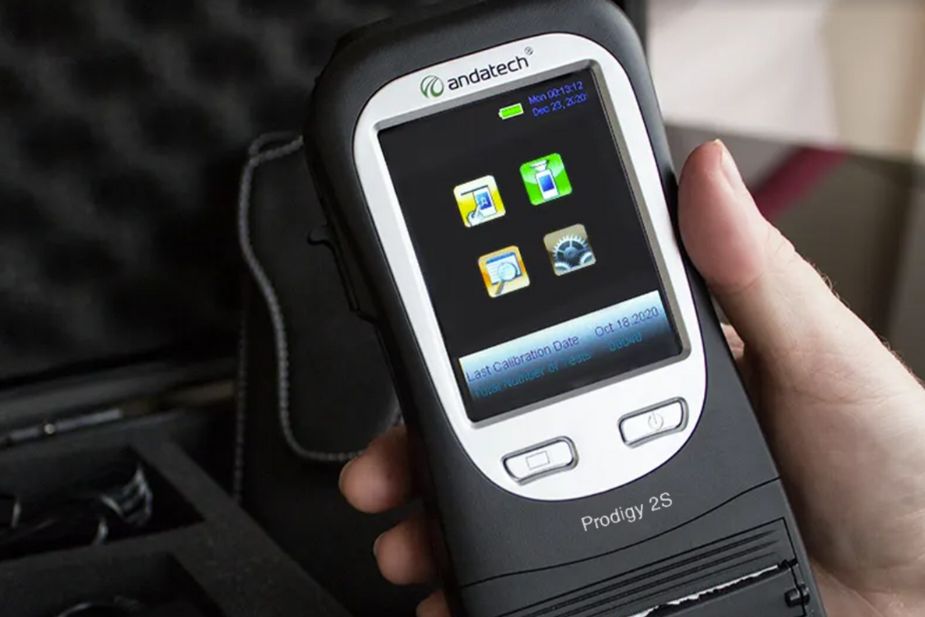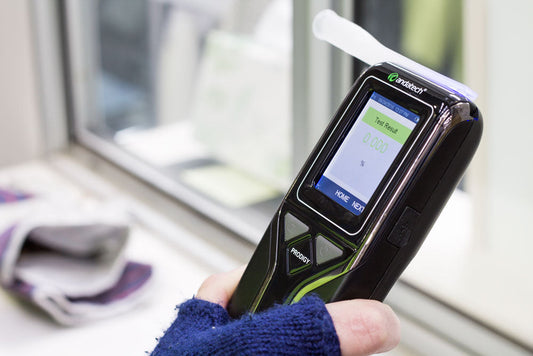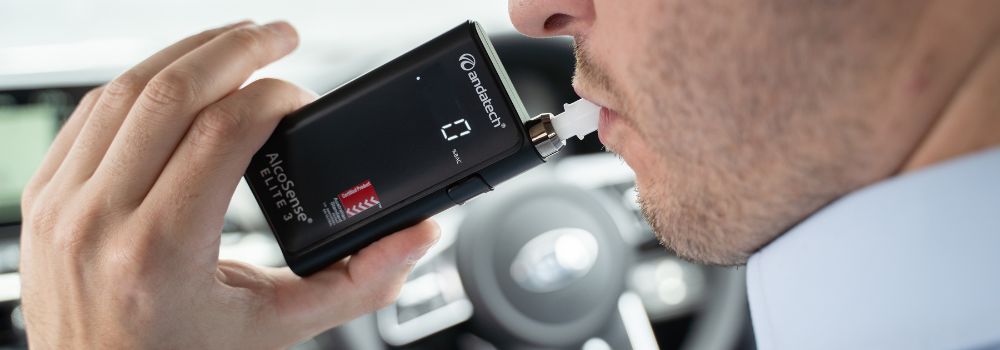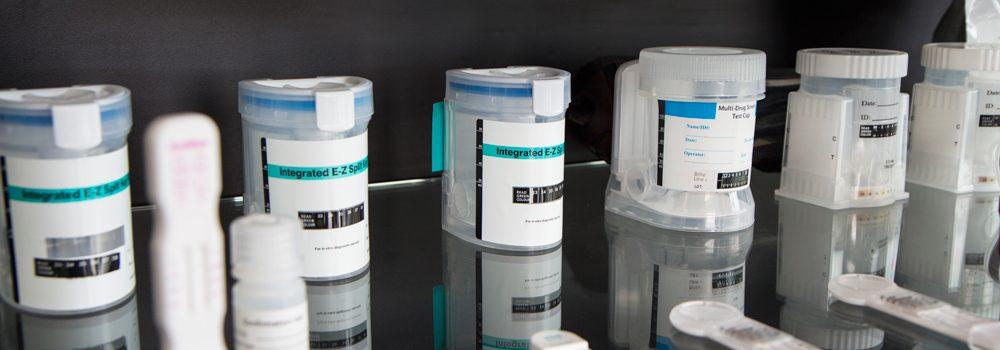You may have heard of breathalyzers, or you may know them as alcohol breath testers, or alcohol testers, but have no idea what they are or how they work. Well this article aims to solve that by discussing what a breathalyzer does, the principle behind breathalyzers, and different types of breathalyzers there are.
Let’s start by discussing what breathalysers actually do.
Blood Alcohol Concentration (BAC) is the legal terminology used for determining Alcohol Intoxication level. For this purpose, blood testing used to be a procedure. However, in this age and time, taking a blood sample on the field and sending it for analysis in the lab is impractical, inefficient and time-consuming. That is because drink drivers have to be distinguished and detained if necessary, which is not possible with the lengthy procedure of blood sample analysis.
Another process is by testing urine samples, but this also proved to be an impractical method on the field. Therefore, a method was needed so law enforcement officers could check the driver’s intoxication level using a non-invasive method without having to inspect the suspect’s body. This is why breathalysers were invented.
The revolution in alcohol testing processes arrived in the 1940’s with the advent of breath alcohol testing devices. These were firstly developed by the police department and in 1954 Indiana State Police’s Dr. Robert Borkenstein invented what is now known as a breathalyzer (or breathalyser). Today, almost all law enforcement agencies use this device for testing BAC.
Principle behind Breathalyzer Testing
When a person drinks alcohol, it gets absorbed into the bloodstream through the mouth, throat and stomach and hence, shows up in the breath. Alcohol is neither digested via absorption nor does it get chemically changed in the blood stream. When the blood moves across and through the lungs, some amount of the alcohol also moves across the lung’s air sacs membranes (also known as Alveoli) into the air. This happens because alcohol is volatile, i.e. it evaporates from a solution.
Alcohol’s concentration into the air present in the alveoli encourages concentration of the alcohol in the blood. When this alcohol concentrated air is exhaled, the breathalyser can easily detect it. In this respect, breathalysers are more convenient for testing a driver’s BAC level and an officer can instantly arrest a drunk driver on the spot and prevent a mishap from occurring.
Since the alcohol concentration in our breath is directly related to its concentration in blood, figuring out the BAC level by measuring alcohol from the breath is possible. The relativity ratio of breath alcohol to blood alcohol is 2,100:1, which means that 2,100ml of alcohol concentration in alveoli air will be equivalent to 1ml of blood alcohol.
In Australia, the legal limit for driving is 0.05%BAC, which means that there is around 0.05 grams of alcohol present per 100ml of blood.
Semiconductor Breathalysers
A semiconductor sensor electronically oxidises alcohol through using a tin-oxide substance. A redox reaction is carried out by the device through combining alcohol with water and acetic acid and the current that gets generated is measured. The measured current is an indication of the amount of alcohol that is being reacted in the individual’s breath.
Fuel Cell Breathalysers
Fuel cell breathalysers contain two platinum electrodes with a permeable acid-electrolyte material is inserted in between. When the suspect’s exhaled air flows past one side of the fuel cell, the platinum instantly oxidises the alcohol present in the air and generates acetic acid, electrons and protons.
The electrons produced then flow from the platinum electrode through a wire, which is connected to an electrical-current meter on one side and to the platinum electrode on the other side. The protons, on the other hand, move through the lower part of the fuel cell and get combined with oxygen and electrons for producing water. The higher amount of oxidised alcohol, the greater will be the electrical current. The BAC is calculated by a microprocessor, which measures the electrical current.
Learn more about the differences between fuel cell and semiconductor breathalysers, plus advantages and disadvantages for each.
Infrared (IR) Spectroscopy or Infrared Sensor Models
This method identifies molecules based on the way they absorb IR light. An IR beam (generated by a lamp) is passed through a sample chamber and focused onto a spinning filter wheel. The filter wheel contains band filters specific for the wavelengths of the intramolecular bonds in ethanol. The light that passes through each filter is detected by a photocell which then converts the light into an electric current. From this current, a voltage can be detected and the BAC is calculated.
These units utilise the best sensor of all alcohol testers, are extremely accurate and are also known as evidential units. This is the type of machine used by police in the booze bus or at the station if your preliminary breath test (via a handheld fuel cell breathalyzer) comes up over the legal limit. These cost between $50,000 to $200,000 and can only be operated by professional or fully trained persons. These are designed for law enforcement, evidential testing, and medical professionals.
Disclaimer: The information provided in this article is for general reference only. Please seek advice from professionals according to your business’s needs.
Written by Eugene Ng









